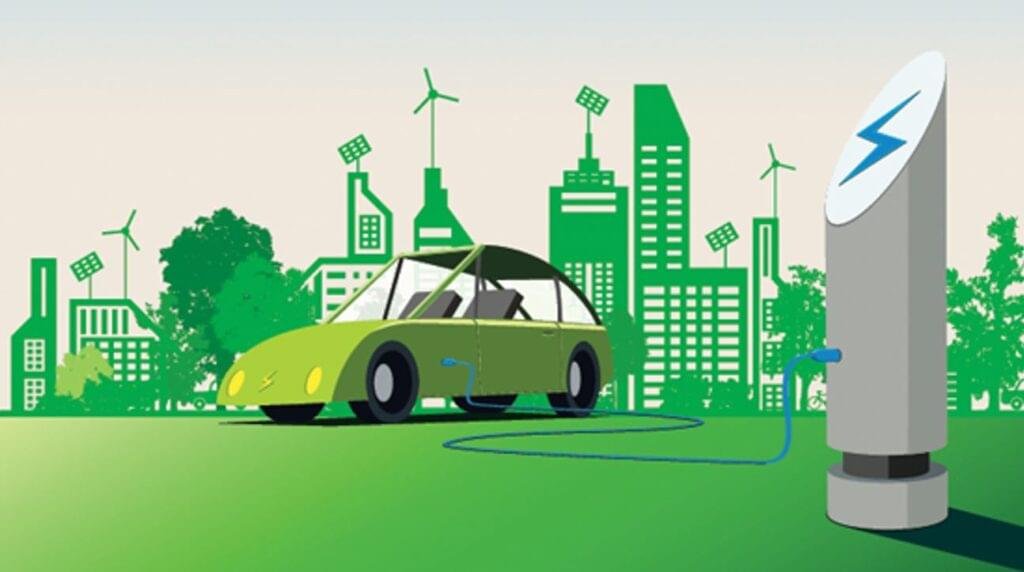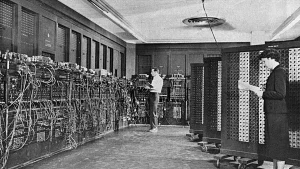The automotive industry is gradually but steadily moving toward greater electrification. In 2021, global electric vehicle (EV) sales will have increased by 80%, but the segment will still account for only 7.2% of global car sales. Internal combustion engine (ICE) vehicles may become obsolete within the next decade. In fact, the UK government has decided to prohibit the sale of new gasoline and diesel vehicles beginning in 2030, followed by hybrid vehicles in 2035. The hope is that this will assist the UK in meeting its climate targets, such as tracking greenhouse gas emissions to net zero by 2050. Over 40 countries have committed to phase out ICE vehicles by 2050. E-mobility ecosystem has a huge business opportunity.
While the concept is admirable, putting it into action is a completely different story. Having a reliable EV charging network is only one part of the equation. The entire e-mobility ecosystem must be established and made available to vehicles. This transition represents a huge business opportunity for energy and utility companies.
Mitigating grid overload risks
With an increasing number of EVs on the road, charging infrastructure will need to improve. The UK government intends to invest £1.3 billion (US$1.57 billion) in EV charging infrastructure, but simply adding new charging stations without rethinking how to manage the existing grid networks will be ineffective. If EVs are charged during peak hours, there will be additional electricity load on the grids as EV adoption grows (during daytime). Energy and power utilities should also be able to forecast when and where power is required. Transmission networks will undoubtedly require modern investments as well as additional power generation resources. It is pointless to have a grid powered by fossil fuels and use it to charge EVs. It is critical to decarbonize the grid as much as possible in order to persuade buyers to switch to EVs and achieve the UK’s net zero goals.
Innovations in EV designs
Assuming that the grid issues will take some time to resolve, what is currently possible is innovation in EV design. Making energy-efficient EVs capable of traveling long distances on the least amount of power is one approach. Another technology to consider is regenerative braking, which converts the vehicle’s kinetic energy into a form that can be stored and reused as it slows down. Another breakthrough is the development of EVs that support bi-directional charging, in which energy stored in an EV can be used for V2G (vehicle to grid) or V2H (vehicle to home) charging. Using smart charging, V2G can help balance and settle local, regional, or national energy needs. Parked EVs, for example, could be ideal for these initiatives.
Uniform experience
Energy and utility companies will have to provide enough charging points with various charging options for their residential and commercial customers. Customers will primarily want to charge their cars at home or work, but there is an increasing demand for charging at other locations. Regardless of where a customer charges their vehicle, the payment experience should be seamless.
Smart energy management systems
Infosys is one company that is assisting energy utilities, manufacturing companies, and logistics companies in realizing the benefits of smart energy management systems. These companies use the technology provided to optimize various components in order to reduce grid network capacity and make it as efficient as possible.
For example, the Microsoft Dynamics platform offers a unified customer onboarding experience as well as mature contract management capabilities. It also supports the nuances of government grants and end-to-end lifecycle management. Infosys believes that the platform will lay the groundwork for future capabilities and regulatory changes as e-mobility becomes more mainstream and more stakeholders become involved in the ecosystem.
Netherlands success story
Infosys is also collaborating with Essent in the Netherlands to make widespread EV deployment a reality. The City Logistics Innovation Campus is located near Schiphol Airport in Amsterdam, where fossil-fuel trucks unload all of their cargo onto electric trucks, which then make their way to the city. The goal is to eliminate all fossil-fuel vehicles within the city limits of Amsterdam. Essent is collaborating with Infosys to optimize the digital layer with the grid infrastructure using smart energy management systems to ensure the electricity load is balanced. Infosys predicts future energy models using the various data points that emerge in the delicate game of energy balancing. This is enhanced further by the use of artificial intelligence, machine learning, and IoT devices. The partners hope to create a new digitized energy network with the addition of a 5G layer.



